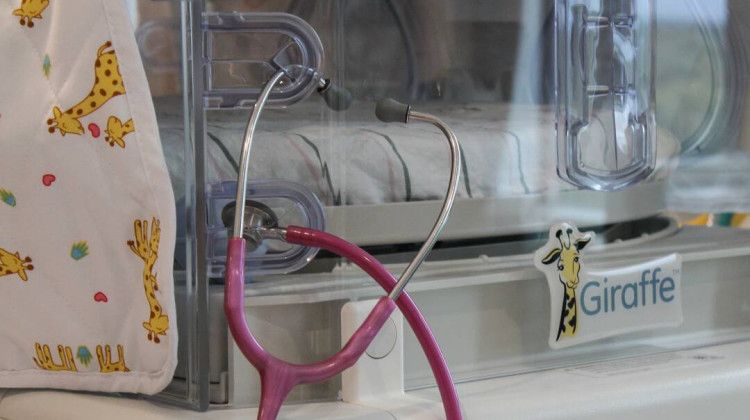PLAINFIELD, Ind. (AP) — Operations will soon begin at Indiana University Health's new high-tech warehouse and distribution center that officials hope will save the state's largest health systems millions of dollars a year.
The 300,000-square-foot (27,000-square-meter) warehouse in the western Indianapolis suburb of Plainfield will be stocked with 5,000 different items before it opens next month, the Indianapolis Business Journal reported. The warehouse is managed by a system of robots, tote bins, electronic controls and software.
IU Health officials hope it will save the organization up to $3 million a year by standardizing inventory, ordering in bulk at a discount and streamlining delivery routes.
"The goal is to have the right products in the right place at the right time in the most cost-effective manner," said Dennis Mullins, vice president of supply chain operations at IU Health, which has 18 hospitals and hundreds of clinics around the state.
IU Health officials plan to use the warehouse to replace bulk supply rooms at its facilities. The old system tied up millions of dollars in inventory, took up a large amount of space and was inefficient. Under the new system, trucks from the Plainfield warehouse will deliver items to hospitals as needed.
"The current supply chain is complex and fragmented," said Elizabeth Walker, an Indianapolis health care consultant at Miami-based BDC Advisors. "There are multiple handoffs before a product reaches a patient, which adds complexity and cost."
The health system plans to phase in the use of the warehouse in two stages over about six months. The first phase will involve small, routine and relatively inexpensive items, such as bandages, tape syringes and bedpans. The second phase will involve more expensive items such as pacemakers and defibrillators.
IU Health's hospitals and clinics will have just one or two weeks of supplies on hand in small storage areas as the new warehouse begins supplying those facilities.
Workers have been practicing with the software on the robotic-picking system, where small goods could be stored and retrieved, then sent out to trucks on a conveyor-belt system. Managers also are helping workers get certified on forklifts and how to load trucks.
"There's a lot that goes into it," Mullins said. "We can't just turn on the lights and expect everyone to know how to do everything. There's a lot of training and testing to make sure when we go live, when we start supporting our hospitals on July 10, we're 100 percent ready."
 DONATE
DONATE


![IU Health University Hospital - By Daderot [Public domain], from Wikimedia Commons](/files/wfyi/articles/current/1024px-indiana-university-hospital-iupui-dsc00508.jpg)




 Support WFYI. We can't do it without you.
Support WFYI. We can't do it without you.